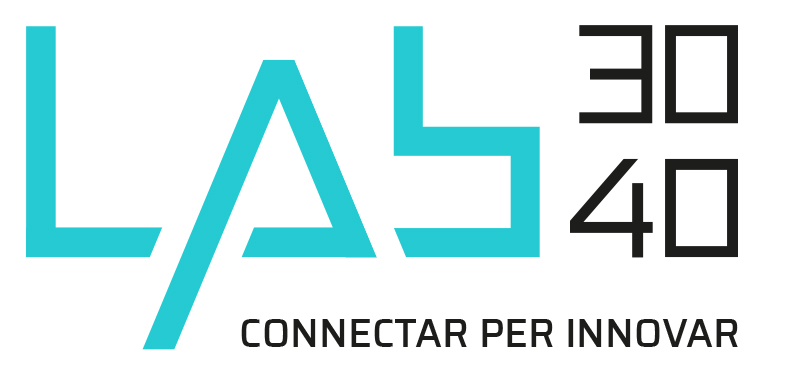Context
Water scarcity has become a critical issue due to drought alerts and the impacts of climate change. Companies must adapt their practices to make more efficient and responsible use of water resources, especially in industrial areas where water is essential for production. The need to optimize water consumption, reduce waste, and ensure long-term availability is increasingly urgent. Companies must take action to implement innovative solutions that help improve water management efficiency, thereby contributing to sustainability and the achievement of the Sustainable Development Goals (SDGs).
What are we looking for?
Innovative solutions are sought that enable companies to manage and use water more efficiently, helping to reduce consumption and optimize production processes.
Examples of solutions to look for:
- Water Recycling and Reuse:
- Solutions that optimize water recycling systems within industrial processes. This may include the treatment and reuse of water used in production to minimize fresh water consumption.
- Systems for the reuse of graywater in processes that do not require potable water, which reduces waste and enables more sustainable use.
- Optimization of Water Efficiency:
- Development of software for real-time monitoring of water consumption in industrial facilities, allowing the detection of leaks and optimizing the use of the resource.
- Intelligent water management systems that use sensors and big data to predict and manage water consumption more efficiently, adjusting usage based on demand and climatic conditions.
- Liveable Water City Models:
- Solutions that integrate water management with urban sustainability: For example, wastewater treatment systems in urban areas for later reuse in industry, or the use of rainwater harvesting technologies to be used in industrial processes.
- Solutions that use water efficiency technologies and renewable energy to minimize the impact of drought, such as the use of clean energy for water treatment and purification.
- Development and Implementation of Water Cycle Management Technologies:
- Advanced monitoring and analysis systems for assessing the water footprint to evaluate the impact of water consumption throughout the product life cycle.
- Platforms for optimizing water use in the supply chain: With solutions that improve water efficiency in factories and in the logistics network, reducing consumption in production, distribution, and packaging.

